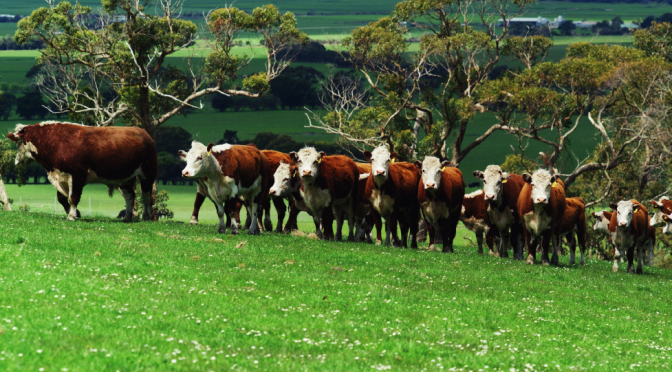Grass Tetany Facts
Grass tetany is a metabolic disorder characterised by abnormally low levels of magnesium in the blood serum. The particular conditions causing mortality as a result of grass tetany are not tightly defined, leaving the occurrence and severity of the condition to be unpredictable.
Influencing factors include but are not limited to soil type, topography, rainfall, geographical zone, age, breed and associated magnesium nutrition. High potassium levels in the soil, from either high-potassium soils or potassium fertilisers, reduces the amount of available magnesium in the plant and is therefore a major contributor to the occurrence of grass tetany.
The disease is regarded as economically significant, not because of the overall average cost influence but because of the high variability surrounding it. The highest economic loss sustained from grass tetany is much greater than the cost of prevention. This fact
combined with the unpredictability of the disease makes the cost of prevention similar to an annual insurance program in prediction of the high economic impact that will occur when conditions cause a major grass tetany event to occur.
Signs of Grass Tetany
Unfortunately for producers, the first sign of grass tetany is often the death of their own cattle or of a neighbour’s. Cows that are heavily in calf or in lactation are at most risk of succumbing to grass tetany, as they are already under significant stress and are losing calcium and magnesium through milk production. Low magnesium levels may not be evident until a stress such as, a change in weather, yarding or significant nutritional variation is applied then clinical symptoms may show.
Symptoms of grass tetany include:
- Twitching ears or face
- A ‘staggering’ type of gait
- Excitement, bellowing, aggressiveness
- Muscular spasms
- Difficulty handling
Without immediate treatment these symptoms will usually worsen and lead to death.
Rumevite Magnesium Block is a registered molasses based lick block to aid in the prevention of hypomagnesaemia (grass tetany or staggers) in cattle.


